
7 perennials for a South-facing garden
Our selection of heat-resistant plants
Contents
To design a garden facing full south, it is essential to choose plants that withstand hot and dry conditions and thrive in sunlight, such as Mediterranean perennial plants.
Floriferous, undemanding, easy to care for, water-efficient, with deciduous or evergreen foliage, hardy or aromatic, these perennials accustomed to full heat and the most intense sun rays will allow you to create beautiful settings with minimal maintenance! They thrive in well-drained soil, even very dry in summer, and in full sun.
Discover our selection of perennials that perform well in a south-facing garden and can be easily grown in all our regions!
Agapanthus 'Graphite® Blue'
The cultivation of this Agapanthus ‘Graphite® Blue’ is possible in all our regions, provided it is given a sunny location! With its very graphic umbels, this variety of agapanthus embodies all the exotic splendour along with remarkable hardiness. It forms a beautiful clump of strap-like foliage, at least 50 cm in diameter, which will reach about 80 cm to 1 m in height when in flower. From June to August, it displays umbels 10 to 15 cm in diameter, made up of small bicoloured flowers in a vivid blue striped with white.
Deciduous, its foliage disappears in winter, but ‘Graphite Blue’ proves to be more hardy than its evergreen cousins. It is perfect for brightening up the garden for long weeks in summer. It tolerates temperatures of around -12/-15°C and can be planted almost anywhere in France, provided it receives good winter protection.
Sun and warmth are the two key words for its cultivation, as like all agapanthus, it needs full sun to thrive, in a warm, sheltered position facing south. It is quite resistant to summer drought; however, in the case of a dry summer, be sure to water it 1 to 2 times a week, allowing the soil to dry out between waterings. And, like other Agapanthus, it will require a particularly well-drained substrate.
To enhance the summer atmosphere of your garden, you can surround it with other deciduous varieties like it, fescues, grey foliage from wormwood, santolina, and perovskia for a scene in shades of blue.
Follow our advice: “How to protect agapanthus for winter?

Agapanthus ‘Graphite Blue’
Lavandula angustifolia 'Munstead'
This variety of lavender ‘Munstead’ is perfect for adding a refreshing Mediterranean touch to the garden! Like other lavenders, it requires a very sunny position, needs no watering, but it withstands high temperatures better than other English lavenders. Another quality: it is also one of the most tolerant to damp winter cold down to -15°C, making it suitable for all south-facing gardens, whether you live in a cold region or the Midi.
This medicinal lavender was developed in England around 1916 and is named after the famous cottage of Miss Gertrude Jekyll, the great lady of gardening.
It forms a beautiful bush of evergreen, grey-green foliage that is very rounded, measuring 50 cm in all directions. In summer, it is abundantly covered with fragrant blue-violet flower spikes 15-20 cm long.
Loving aridity and dry soils, it will thrive effortlessly in any poor soil, even stony and gravelly, as long as it is well-drained.
This small lavender is perfect for planting in perennial borders, as an edge, in rockeries, as a low hedge, and even in pots on a south-facing terrace. It easily pairs with many perennials suited to dry, sunny conditions such as santolines, helianthemums, wormwoods, and with small grasses like Stipa pennata or Stipa tenuifolia. In a romantic setting, it will thrive at the foot of roses.

Lavandula angustifolia ‘Munstead’
Discover other Perennials
View all →Available in 1 sizes
Available in 0 sizes
Available in 1 sizes
Available in 1 sizes
Available in 2 sizes
Available in 1 sizes
Available in 1 sizes
Available in 1 sizes
Available in 1 sizes
Available in 1 sizes
Havard's agave, or agave havardiana
Agave is a succulent plant from arid climates that loves the sun! While its exotic silhouette is characteristic of the sun-drenched landscapes of southern France, some very hardy Agaves can adapt to most of our climates in open ground, provided they receive full sun, very well-draining soil, and protection from winter rains.
Highly drought-resistant and able to withstand extreme temperatures, Agave havardiana is one of those agaves that can also endure severe frosts down to -25°C. This beautiful Mexican plant forms a rosette of grey-blue to grey-green leaves, well-developed at 50 cm in height and 70 cm in diameter at ripeness.
Its graphic and exotic appearance will add an exotic character to a large rockery, a slope, or will punctuate a sunny border with its strong presence alongside hardy cacti and other plants that can withstand quite severe frosts, such as Cordylines or Stipa gigantea.

Agave havardiana (© Megan Hansen)
Oriental poppy 'Brilliant'
With its scarlet red colour, the Papaver orientale ‘Brilliant’ is an essential perennial for very sunny borders. It is well suited to high temperatures and summer drought. It will thrive without any fuss, in poor soil, even ungrateful and dry in summer, as long as it is well-drained and deep enough to accommodate its long taproot. Ideal for creating a vibrant summer atmosphere with minimal maintenance. And, like most poppies, it can withstand temperatures down to -20°C.
It is perfect for borders, slopes, and dry rockeries in combination with other low-maintenance sun-loving perennials such as Bronze Fennel, the Mullein or grasses like Stipa tenuifolia (angel hair) and Chinese fountain grasses.
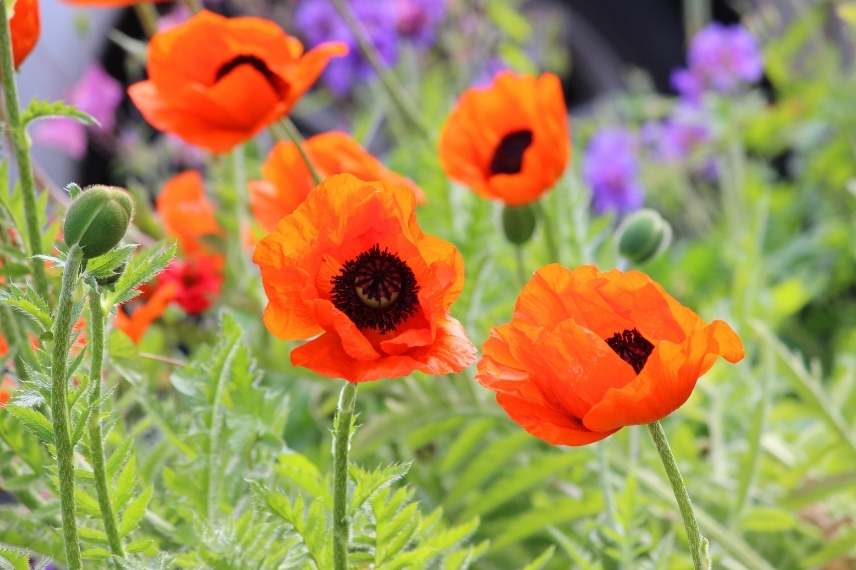
Papaver orientale ‘Brilliant’
Sempervivum 'Granat'
Here is a small succulent plant, sun-loving, undemanding, and drought-resistant! The Sempervivum ‘Granat’ is one of the hybrid houseleek varieties that stands out for its vividly coloured appearance: its young rosettes don a bright purple-rose garnet that contrasts with the almond green of the adult leaves. Flowering occurs from June to August, producing star-shaped flowers in the same pink-purple hues.
Evergreen, it remains beautiful and graphic both summer and winter. It quickly develops lovely colonies of colourful rosettes, each measuring 6 cm in diameter and no more than 8 cm in height. It spreads 30-40 cm across the ground, forming a lovely groundcover of fleshy leaves in the most challenging spots of the garden. It thrives in full sun and in dry, poor soil, particularly well-drained, to avoid stagnant moisture. In overly heavy soil, be sure to add gravel or coarse sand at planting time.
Despite its exotic appearance as a succulent plant, it is quite hardy, tolerating temperatures down to -15°C, allowing it to be grown even in our coldest regions, including mountainous areas.
‘Granat’ excels in dry borders or rockeries, alongside Sedums, Delosperma, and Lewisia cotyledon, which, like it, forms colourful rosettes.
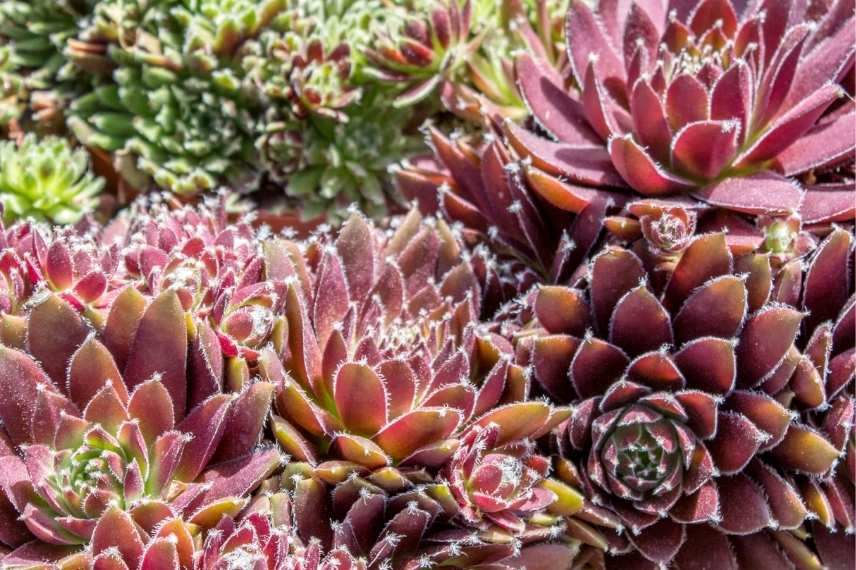
Sempervivum ‘Granat’
Opuntia engelmannii var. rastrera
Rarer are the plants that can withstand scorching and arid conditions. Symbols of desert landscapes, cacti need a sunny spot. The Opuntia engelmannii var. rastrera does not deviate from this rule and will only thrive in a garden facing full sun. Its particularity: due to its great hardiness (down to about -20°C without protection), this variety of prickly pear will flourish in gardens both north and south of the Loire, including in montane climates as it is not afraid of snow. It will also require sandy, very stony soil to thrive. It will even tolerate winter moisture well if the ground is very well-drained.
It forms a low bush about 60 cm high, spreading laterally over at least 2 m, made up of grey-green, flattened, fleshy pads dotted with large thorns. Yellow or pink flowers appear around the edges of the pads in May-June.
It can be planted in a rockery or in an exotic-style bed alongside Agaves, Sedums, Phormium, and palms in a garden in southern France, with flowers from agapanthus or the vibrant blooms of Kniphofias.
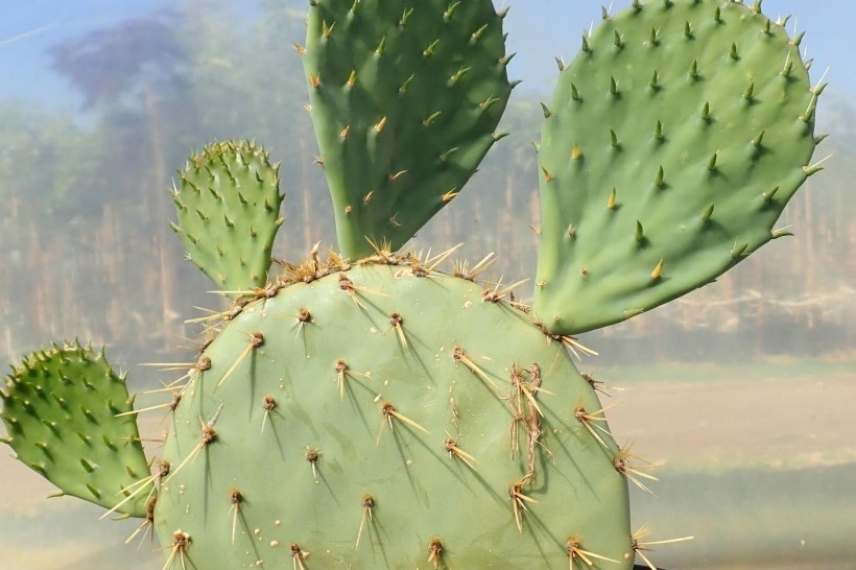
Opuntia engelmaniii var. rastrera
Achillea 'Moonshine'
Achillea ‘Moonshine’ is a hardy perennial suited to full sun and drought. This vigorous variety forms a bush 60 cm tall when in flower. Its fine, feathery green-grey foliage, reminiscent of ferns, lights up from June to September with a particularly bright yellow flowering. Its terminal, flat inflorescences measure 7 to 8 cm in diameter.
It requires direct sunlight to flower well and a dry, poor, light, and well-draining soil. If your soil is too clayey, add gravel or clay pebbles. Very hardy, it can be grown in all our regions.
Its medium height makes it ideal for flowering rockeries in a naturalistic garden, a mixed border in a vicar’s garden where it is one of the star plants and where it self-seeds readily. It pairs easily with ornamental grasses, Gaura lindheimeri, or Buenos Aires Verbena to create lush displays that require very little maintenance.
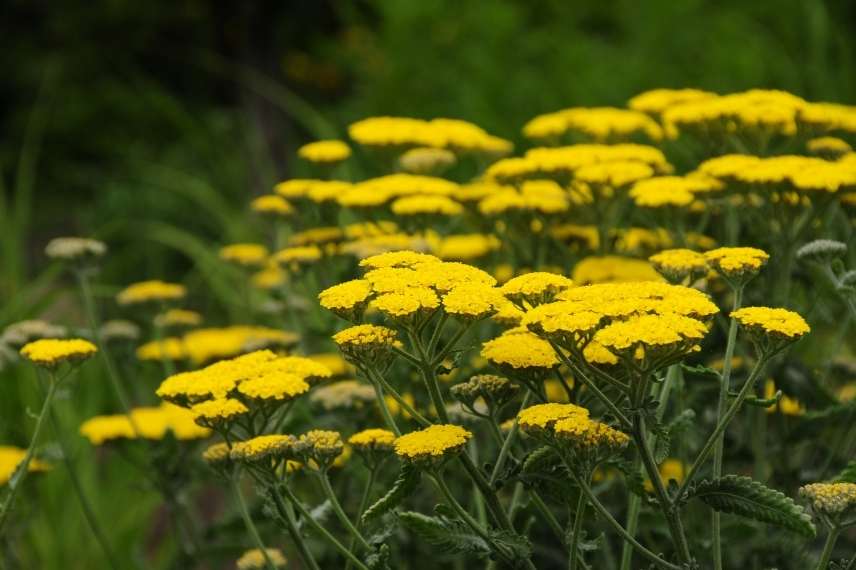
Achillea ‘Moonshine’
For further reading
- Also discover our selection of 7 bushes for a garden in full sun
- Subscribe!
- Contents
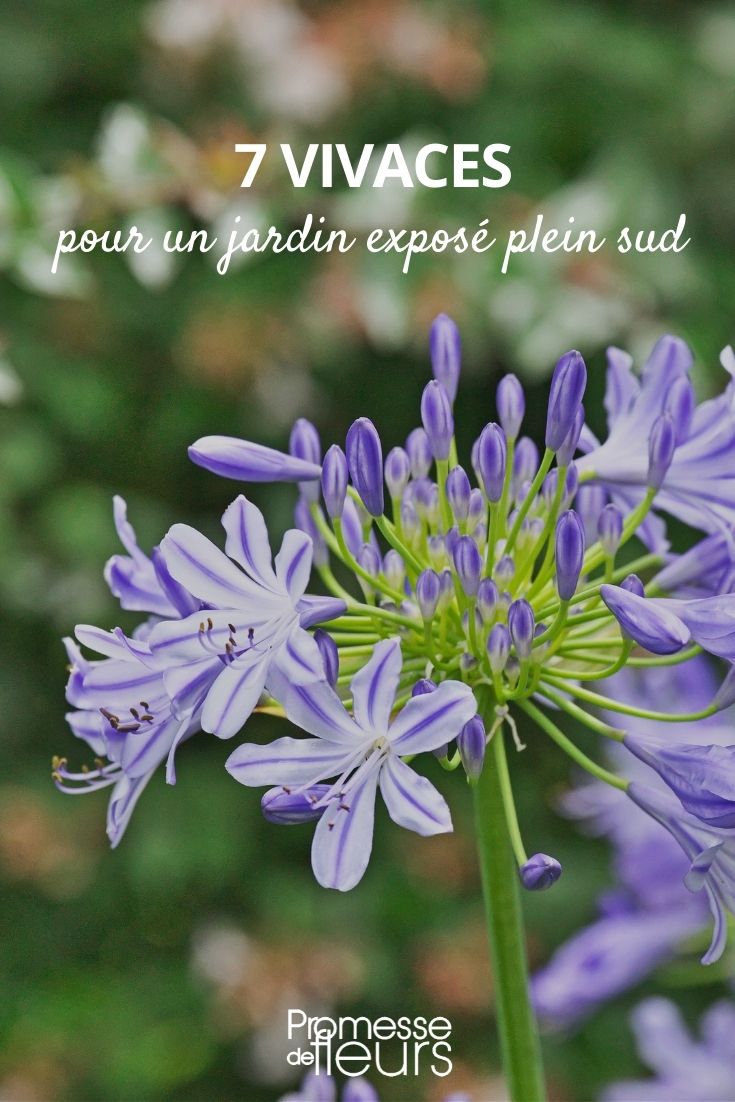































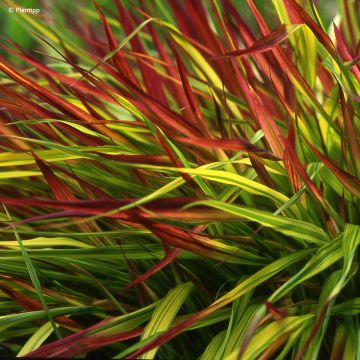


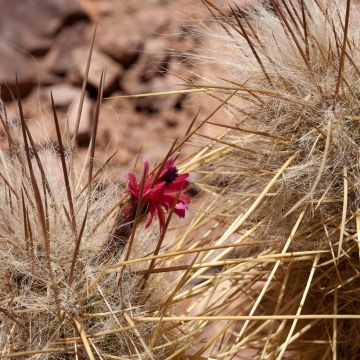

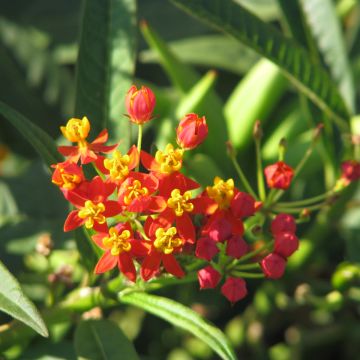

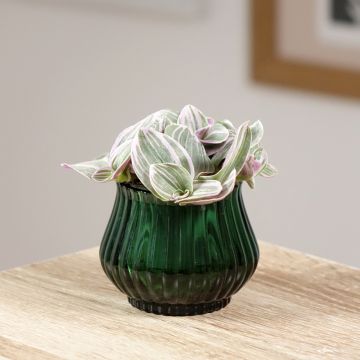
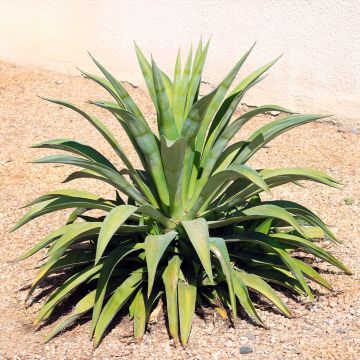
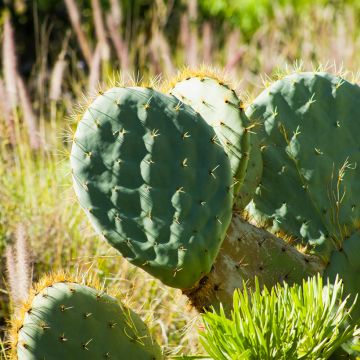
Comments